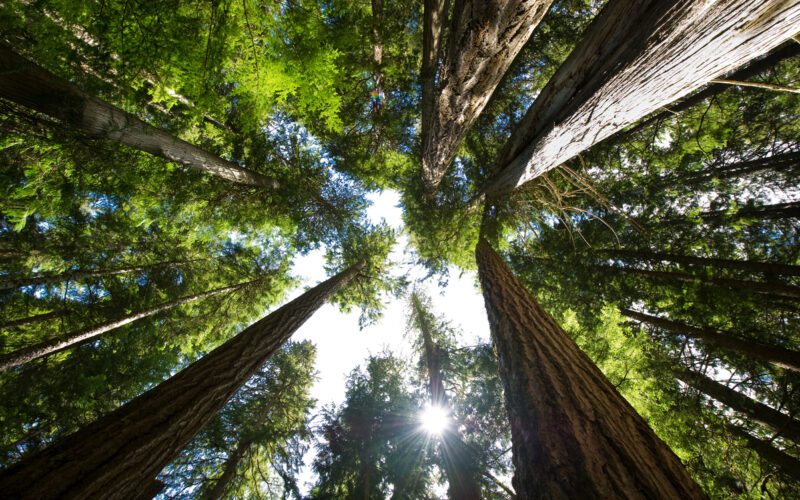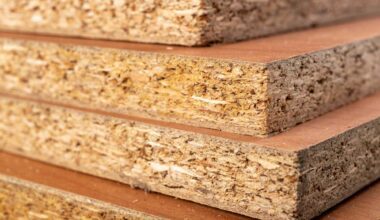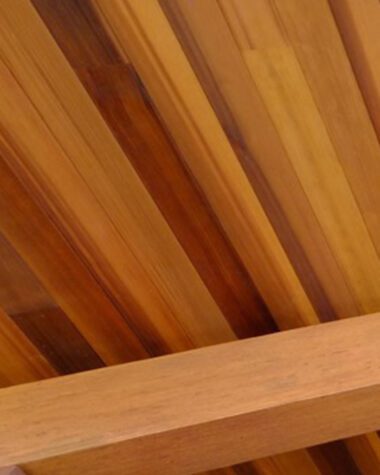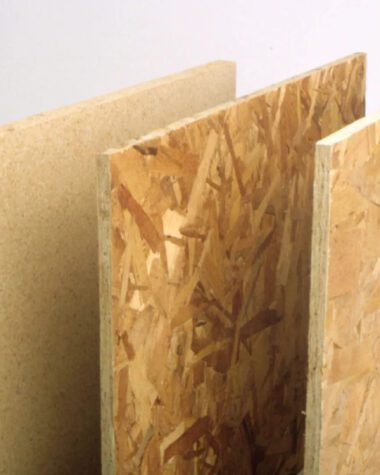It turns out that wooden household items, structures, and projects significantly impact society, the environment, and even the economy. How does it happen?
As we know, wood is extracted from the forest, where trees mostly come in large numbers. Currently, forests cover around 31 percent of the world’s surface and they are important ecological systems for reducing carbon emissions.
Unfortunately, many issues might arise from a forest due to irresponsible management. These include the extinction of species, soil erosion, contaminated drinking water, global warming, and upheaval in local communities.
Therefore, abundant and healthy forests are essential before deciding on your next wood project. To make it possible, responsible forest management is the key. It safeguards the quality and ability of forests to regenerate and provide wood products while assisting in eliminating harmful practices.
Sustainable Forests Come to Life
To combat widespread deforestation and poor management in developing nations, forest certification appeared in the 1990s. Today, several organizations that verify sustainable forest management methods include land management firms, enterprises that produce wood products, and other associated businesses. Typically, certifying organizations evaluate forest management based on sustainable forest concepts, standards, and performance metrics.
Meanwhile, programs for certifying wood are run by independent groups that establish criteria based on strict guidelines for managing and growing sustainable forests. While some certification programs focus more on management techniques, others demand to track the full supply chain.
Due to auditing expenses and additional work required to track the chain of custody, certified wood can cost more. Estimated prices are typically 10 percent to 20 percent higher.
Most Common Wood Certification Programs
Different certification programs for wood carry varying degrees of accountability. Only 10 percent of all wooded lands are certified, although more than 50 forest certification programs exist. According to the US National Association of State Foresters, “reliable forest certification schemes incorporate the following essential components:
- Independent governance
- Multi-stakeholder standard
- Independent certification
- No history of complaint issues
- Participatory and transparent
To promote sustainable forest management, looking for one of the certifications below when selecting wood for your next wood project is crucial.
Forest Stewardship Council Certification (FSC)
FSC-certified wood refers to wood that has been harvested sustainably. With this type of wood, you can enjoy a lovely wooden deck or a natural wooden countertop without feeling guilty about the environment.
This certification covers important aspects such as protecting fragile ecosystems, respecting native cultures and economies, preventing illegal logging, restricting clear-cutting (removing all trees in a tract), and pesticide use.
It also includes monitoring the “chain of custody” or ensuring that the wood in your product came from a certified forest.
FSC ensures that forests are protected and the rights of indigenous people to fall trees are maintained. Forests that meet these strict standards are given FSC certification, and the wood harvested from said forests comes with the FSC label.
Sustainable Forestry Initiative Certifications (SFI)
The Sustainable Forestry Initiative (SFI) certification is another good indicator, and this is an alternative if you can’t find FSC-certified wood products. The FSC and SFI certifications tell you where the wood you buy comes from.
SFI is an outgrowth of the American Forest and Paper Association, which still receives funding despite being a separate nonprofit. Over the years, SFI has toughened its standards, including prohibiting the logging of old-growth forests and limiting the use of chemical pesticides.
American Tree Farm System Certification (ATFS)
The American Tree Farm System (ATFS) is the first and oldest land management certification program. It makes up a network of 70,000 tree growers and 19 million acres of forest.
Owners of continuous estates spanning between 10 and 10,000 acres are eligible for this certification. The woodlands must adhere to eight sustainability criteria.
Program for the Endorsement of Forest Certification (PEFC)
The Programme for the Endorsement of Forest Certification (PEFC) is the world’s largest system for forest certification and has certified about 800 million acres of land. The nonprofit umbrella group PEFC, which has its headquarters in Switzerland, incorporates the global sustainability benchmark criteria into its standards for land management.
The nonprofit caters to the unique requirements of smaller families and community-owned woods to support rural development and livelihoods. According to PEFC, several hundred thousand family and community-owned woods have received this certification. Stakeholder involvement, forestry requirements, chain-of-custody requirements, and third-party certification and accreditation requirements are all on the checklist to be certified by PEFC.
Canadian Standards Association Sustainable Forest Management
The body responsible for creating Canada’s national standard for Sustainable Forest Management (SFM) is the Canadian Standards Association (CSA). The certification calls for continued public participation, the preservation of biological diversity, and the acknowledgment of environmental, economic, social, and cultural benefits.
The standards are created by combining local, state, federal, and international laws and regulations with input from public advisory committees. The CSA SFM user group is now maintained by the PEFC program mentioned above and is distinct from the CSA group. The CSA SFM organization has managed over 98 million acres of Canadian-certified wooded land.
Which is the best option?
The US National Association of State Foresters stated, ‘Forest ecosystems are complex, and a simplistic one size fits all approach to certification cannot address all sustainability needs.’ No certification program can credibly claim to be ‘best,’ and no certification program that promotes itself as the only certification option can maintain credibility.”
Key Takeaways
Wood is a lovely material. People can make a lot of projects out of it. Hence, there can be some advantages when carefully managed, especially its origin– the forests. Getting to know the best wood type for your project and their properties is a sound decision for an inevitable success.
Above all, searching for any of the certification labels mentioned above rather than trying to determine which certification program is the best. Being picky and selecting the greatest, ethical, and eco-friendly wood for your home will make you feel good.









